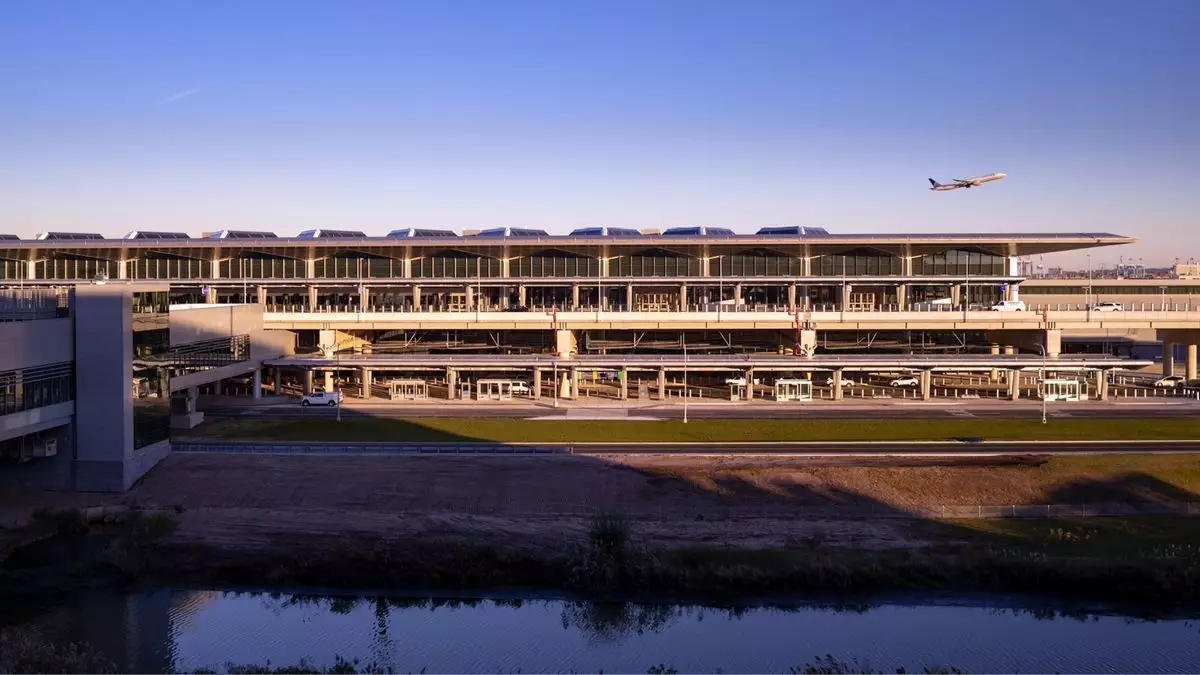Air travel is often heralded as one of the safest and most efficient modes of transportation, yet recent events at Newark Airport have thrown this reputation into jeopardy. Operational challenges at the airport, primarily driven by technology outages at the air traffic control facility responsible for Newark’s airspace, have led to significant flight disruptions. United Airlines, the primary carrier serving Newark, has been forced to cancel dozens of flights daily due to the fallout from these ongoing issues. The Federal Aviation Administration (FAA) has acknowledged that these disruptions stem from a confluence of factors, including not only aging technology but also debilitating staffing shortages among air traffic controllers.
In the face of this crisis, the FAA’s admission that some controllers are taking leave to cope with the stress induced by technological failures reveals the deep psychological toll the current system takes on its workforce. Air traffic control is a high-stakes profession, one that requires precision and calm under pressure. When controllers are confronted with regular equipment failures—like those recently witnessed at the Philadelphia TRACON—it becomes apparent that this situation is untenable. The consequences are not merely operational; they ripple out to impact the well-being of the employees tasked with ensuring passenger safety.
Understanding the Root Causes
The problems at Newark can be traced to multiple factors. The airport is notoriously congested under even normal operational conditions, and ongoing runway construction further exacerbates this issue. Flight cancellations and delays are becoming alarmingly routine, as evidenced by the sheer volume of cancellations on high-traffic days. The operational streamlining required to manage Newark’s airspace has fallen to the wayside, and this deterioration has attracted attention from the FAA, which has allowed airlines to reduce their flight schedules by up to 10% to help manage the overwhelming demand.
However, the pervasive issue remains the aging infrastructure of the United States’ air traffic control system. Reports from the U.S. Government Accountability Office paint a dire picture, stating that numerous FAA systems could hinder the safety and efficiency of national airspace operations. Aging radar and communication technology are at the heart of these challenges, with controllers frequently experiencing outages that put both flights and lives at risk. The systemic failures underline the need for urgent reforms to bring the technology into the 21st century.
The Importance of Technological Renewal
In this age of rapid technological advancement, the U.S. air traffic control system is a glaring anachronism. Transportation Secretary Sean Duffy has prominently voiced the need for modernization, calling for substantial financial investments to upgrade systems that manage air traffic flow. With a proposed $5 billion in funding specifically earmarked for upgrades, the issue of technological renewal has become a focal point of transportation policy.
Yet while the recommendations and proposals are in place, significant obstacles remain. Modernizing the air traffic control system is not merely about allocating funds; it involves a comprehensive overhaul that could take years to implement fully. Striking the balance between immediate operational needs and the long-term vision for a technologically sophisticated air traffic management system is paramount.
Duffy’s assertion that “the technology we are using is old” rings hauntingly true. Such a sentiment should fuel a sense of urgency and provoke action—before these outages become commonplace across other major airports. The stakes are high, and without swift intervention, passengers may find themselves grappling with worsening experiences in air travel.
Looking Ahead: A Call for Action
As Newark continues to serve as a case study in systemic failure, the discussions surrounding air traffic control reform should not only call for funding but also emphasize swift action and accountability. The resilience of the aviation sector is contingent upon more than just maintaining the status quo; it hinges on substantive modernization initiatives that prioritize both safety and efficiency.
The recent developments at Newark depict a harrowing picture for travelers and employees alike. These issues necessitate a paradigm shift in how we prioritize technological infrastructure in air traffic control. As flights are delayed and canceled, and as controllers face undue stress, it becomes increasingly apparent that proactive, decisive action is required to safeguard the future of air travel in the United States. Time is of the essence, and renewing commitment to modernize air traffic control systems could be the key to restoring the integrity and efficiency of a crucial component of American infrastructure.


Leave a Reply